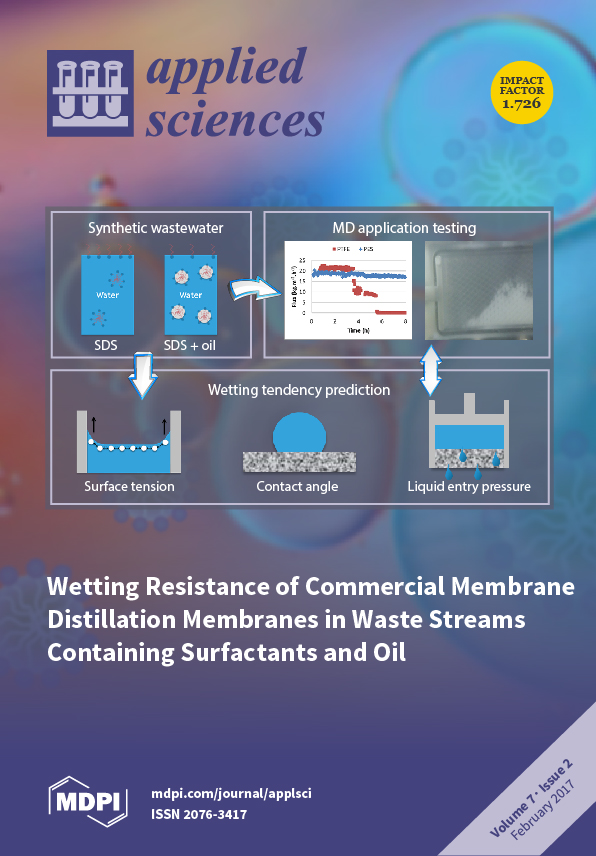Open AccessArticle
Time-Sequential Working Wavelength-Selective Filter for Flat Autostereoscopic Displays
by
René De la Barré, Roland Bartmann, Silvio Jurk, Mathias Kuhlmey, Bernd Duckstein, Arno Seeboth, Detlef Lötzsch, Christian Rabe, Peter Frach, Hagen Bartzsch, Matthias Gittner, Stefan Bruns, Gerhard Schottner and Johanna Fischer
Cited by 4 | Viewed by 6469
Abstract
A time-sequential working, spatially-multiplexed autostereoscopic 3D display design consisting of a fast switchable RGB-color filter array and a fast color display is presented. The newly-introduced 3D display design is usable as a multi-user display, as well as a single-user system. The wavelength-selective filter
[...] Read more.
A time-sequential working, spatially-multiplexed autostereoscopic 3D display design consisting of a fast switchable RGB-color filter array and a fast color display is presented. The newly-introduced 3D display design is usable as a multi-user display, as well as a single-user system. The wavelength-selective filter barrier emits the light from a larger aperture than common autostereoscopic barrier displays with similar barrier pitch and ascent. Measurements on a demonstrator with commercial display components, simulations and computational evaluations have been carried out to describe the proposed wavelength-selective display design in static states and to show the weak spots of display filters in commercial displays. An optical modelling of wavelength-selective barriers has been used for instance to calculate the light ray distribution properties of that arrangement. In the time-sequential implementation, it is important to avoid that quick eye or eyelid movement leads to visible color artifacts. Therefore, color filter cells, switching faster than conventional LC display cells, must distribute directed light from different primaries at the same time, to create a 3D presentation. For that, electric tunable liquid crystal Fabry–Pérot color filters are presented. They switch on-off the colors red, green and blue in the millisecond regime. Their active areas consist of a sub-micrometer-thick nematic layer sandwiched between dielectric mirrors and indium tin oxide (ITO)-electrodes. These cells shall switch narrowband light of red, green or blue. A barrier filter array for a high resolution, glasses-free 3D display has to be equipped with several thousand switchable filter elements having different color apertures.
Full article
►▼
Show Figures





